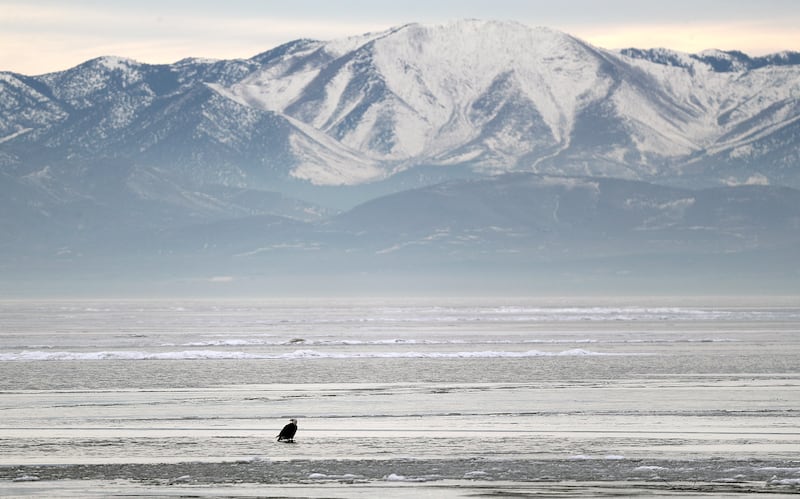Everyone seems to agree that Utah Lake is deserving of restoration. What not everyone seems to understand is that citizens, scientists and state and federal agencies long ago began the quest to restore the lake’s health.
Delta restorations for Hobble Creek and Provo River are improving habitat and access, citizen-led projects like Walkara Way are restoring shoreline wetlands, cities are improving wastewater and stormwater treatment, and farmers in our watershed have restored water flow to the lake’s tributaries.
These efforts are producing fabulous results. The June sucker has been downlisted from endangered to threatened, algal blooms are declining and close to 75% of the carp has been removed.
Sadly, these successes don’t make for good headlines, and the myth of the irreparable lake continues unabated. The myth has persuaded many of our elected officials that only a proposal to create and pave islands in the middle of the lake will save it. This is the mindset of the surgeon who never met a problem that surgery couldn’t solve. It’s time for a second opinion. It is our collective responsibility to ask what the body of the lake is telling us it really needs.
In the pages of the Deseret News, Jon Benson of Lake Restoration Solutions recently defended their $3 million lawsuit against Dr. Ben Abbott by insisting, apparently without irony, that he warmly welcomes feedback because “critique often leads to improved plans.”
Is this true of critiques that suggest this simply isn’t the right course? What about examples from other lakes and failed island projects that caused economic and environmental devastation?
What about criticisms that the lake’s natural shallowness and evaporation are central to its resilience and our local climate? Or that dredging on such an unprecedented scale is not an effective method of lake restoration? Or that calling something a “restoration” that permanently and artificially creates islands and housing for hundreds of thousands of people in the middle of a lake sounds, let’s just say it, Orwellian?
The public is still waiting for the developers and their supporters to satisfactorily address these and related concerns. I have news for Mr. Benson. Dr. Abbott doesn’t speak for himself but for the lake and the hundreds of scientists and thousands of citizens who truly understand its worth and value its progress toward restoration. This valley and its lake are our home and we will not be intimidated.
The Provo City Council and Mayor Kaufusi recently issued a joint resolution asking the Utah Legislature to respect the lake’s progress and to allow it to continue, guided by the highest scientific standards and by prudent risk management. As a member of that council, it is my hope that other elected officials will step up and show leadership where it is desperately needed.
Perhaps this island proposal gained traction in the past because of the myths about the irreparable lake. We now know better thanks to the work of dedicated local researchers, managers and volunteers. Now is the time for leaders to stand up against the radical surgery proposed by those who stand to profit most from the lake’s alteration. Who will come forward to allow the lake to stay the course of recovering its ecological health?
Utah Lake is precious to our entire water system, and it is an aesthetic and historical gem for the valley and the region. It needs true restoration, not a radical and irreversible transformation. Responsible stewardship makes it clear: islands in the lake should be dead in the water.
George Handley is the author of “Home Waters: A Year of Recompenses on the Provo River” and a member of the Provo City Council, representing District 2.


